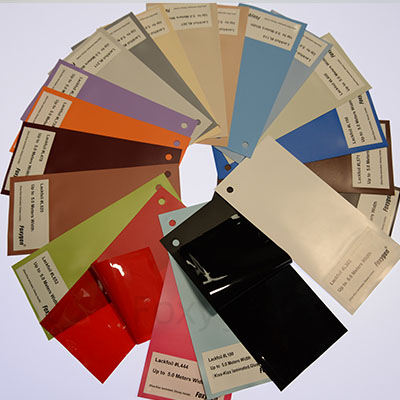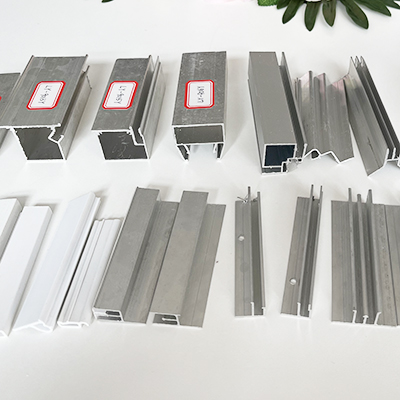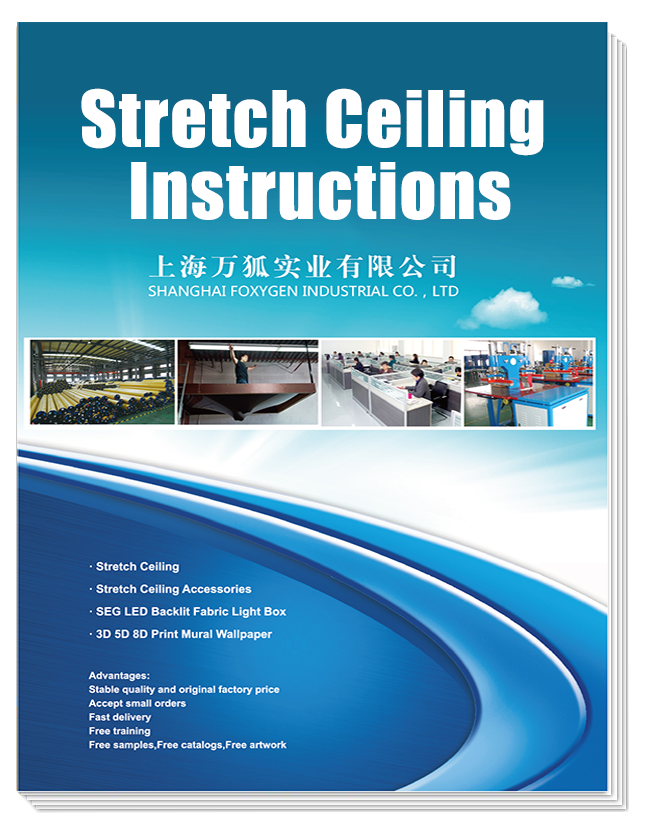Are you wondering if stretch ceilings are worth the investment? Concerned about durability and maintenance costs? Many homeowners worry about ceiling lifespan and replacement frequency.
Stretch ceilings typically last 15-20 years indoors without fading or degrading. For outdoor installations exposed to UV rays and harsh weather, the lifespan reduces to approximately 5 years due to environmental factors affecting the material.
When considering a ceiling renovation, longevity matters just as much as aesthetics. Let's dive deeper into what affects stretch ceiling lifespan and whether they're the right solution for your space.
How durable is a stretch ceiling?
Do you have active kids who might damage your ceiling? Worried about water leaks or humidity? Stretch ceilings offer surprisingly robust protection against common household challenges.
Stretch ceilings are extremely durable, featuring PVC membranes that resist water damage, impacts, and mold growth. They don't crack, peel, or sag like traditional ceilings and can even contain water from leaks above.
!
The exceptional durability of stretch ceilings comes from their unique composition and installation method. These systems consist of a strong PVC membrane (or sometimes fabric) stretched tightly across a perimeter track system. This creates tension that makes the ceiling highly resistant to many common problems.
Unlike traditional plaster or drywall ceilings, stretch ceilings don't develop cracks from building settlement or temperature fluctuations. The flexible material moves slightly with the building, preventing those unsightly lines that often appear in conventional ceilings. I've installed these in older buildings with significant seasonal movement, and they've maintained their perfect appearance year after year.
The waterproof nature of PVC stretch ceilings is particularly valuable. I once received an emergency call from a client whose upstairs bathroom pipe had burst, but when I arrived, I found their stretch ceiling bulging with water but completely containing the leak! We simply drained the water, and the ceiling snapped back to its original position with no damage whatsoever. This water resistance also means they're ideal for humid environments like bathrooms and indoor pools, where they resist mold and mildew that would quickly damage other ceiling types.
The membranes are also remarkably strong against impacts. While sharp objects can puncture them (more on that later), they resist denting from blunt force that would immediately damage drywall. This makes them excellent choices for active households, playrooms, or areas with occasional boisterous activity.
What are the disadvantages of stretch ceilings?
Thinking stretch ceilings might be perfect? I believe in transparency, so let's consider the potential drawbacks before you make your decision.
The main disadvantages of stretch ceilings include vulnerability to sharp objects, required professional installation, reduced ceiling height (2-4 inches), and higher initial cost compared to paint or basic drywall options.

While stretch ceilings offer impressive benefits, they're not without limitations. The most significant concern is their vulnerability to punctures and tears. Though resilient against blunt impacts, sharp objects pose a serious threat. Something as simple as an extended broom handle, ladder corner, or even a child's toy with a sharp edge can potentially puncture the membrane. Once damaged, repairs often require professional attention and might be visible on certain finishes, particularly high-gloss or light-colored surfaces.
Installation complexity presents another challenge. This isn't a weekend DIY project – proper installation requires specialized tools, precise measurements, and experienced professionals. The perimeter track system must be perfectly aligned and secured, and the membrane must be heated to the exact temperature for proper stretching without wrinkles or sagging. This specialized installation adds to the overall cost and means you can't easily modify the ceiling yourself later.
The installation process also reduces ceiling height. The tracking system and the space needed for the stretch membrane typically lower your ceiling by 2-4 inches. In rooms with already low ceilings, this reduction might be problematic or create a more confined feeling. I always carefully discuss this with clients who have ceiling height concerns before proceeding.
Cost considerations can't be overlooked. The initial investment for stretch ceilings exceeds simple painting or basic drywall installation. Premium finishes like high-gloss, metallic effects, or custom-printed designs further increase costs. While the long-term value often justifies this investment through durability and low maintenance, budget constraints might make stretch ceilings impractical for some projects.
Lastly, accessing the plenum space above the ceiling becomes more challenging. Unlike drop ceilings with removable tiles, reaching wiring, plumbing, or HVAC components above a stretch ceiling requires partial professional disassembly. This can add expense and inconvenience for future maintenance or modifications.
What is the cost of a stretch ceiling?
Wondering if stretch ceilings fit your budget? Cost concerns often determine whether these innovative ceilings are practical for your space.
Stretch ceiling costs typically range from $8-25 per square foot installed, depending on material quality, finish type, ceiling complexity, and location. Basic white matte finishes cost less, while custom prints or backlit options command premium prices.

Understanding what drives stretch ceiling costs helps you budget effectively. The price variation primarily stems from four key factors: material quality, finish selection, installation complexity, and regional labor rates.
Material quality forms the foundation of pricing. Standard PVC films offer durability at lower price points, while specialized materials like antibacterial membranes or acoustic fabrics command higher prices. Basic white matte or satin finishes typically represent the entry-level price point. As you move into specialty finishes like high-gloss (which creates mirror-like reflections), metallic effects, translucent membranes for backlighting, or custom-printed designs, costs increase substantially.
Room configuration significantly impacts installation complexity and cost. A simple rectangular room with straight walls presents the most economical installation scenario. Irregular shapes, multiple corners, columns, existing fixtures to work around, or multi-level designs require additional labor, materials, and specialized edge profiles. I recently completed a project with a complex curved ceiling design that required nearly twice the installation time of a standard rectangular room of similar size.
Lighting integration represents another cost variable. Basic installations work around existing ceiling fixtures, but incorporating elements like recessed lighting, LED strips, or chandeliers requires special mounting brackets compatible with the stretch ceiling system. Spectacular effects like backlit ceilings (where the entire ceiling becomes a light source) require additional framework, specialized translucent membranes, and professional lighting design.
Installation labor typically constitutes 40-60% of the total project cost. Because stretch ceiling installation is a specialized skill requiring specific tools and training, labor rates vary by region and expertise level. I recommend getting detailed quotes from multiple providers to understand the full cost breakdown.
Despite the higher initial investment, many clients find stretch ceilings economical long-term. The lack of required repainting, crack repair, or water damage remediation over their 15+ year lifespan often results in lower total ownership costs compared to traditional ceilings requiring periodic maintenance.
How do I know if my ceiling needs replacing?
Is your current ceiling showing troubling signs? Understanding when replacement makes more sense than repair can save you money and frustration.
Signs your ceiling needs replacing include persistent water stains despite leak repairs, extensive cracking, sagging sections, visible mold growth, falling particles, outdated popcorn texture, or simply wanting a modern aesthetic upgrade.

Evaluating your ceiling's condition requires looking beyond surface-level issues. Water damage provides one of the clearest indicators that replacement might be necessary. Even after fixing the source of leaks, stained ceiling materials often harbor hidden moisture and potential mold. These stains tend to reappear despite repeated painting because water-soluble compounds continue leaching through.
Structural integrity concerns represent critical warning signs. Extensive cracking, especially with gaps widening over time, indicates underlying problems with the ceiling structure or material failure. Sagging or bowing sections suggest the ceiling material is compromised or detaching from joists. I've seen homeowners attempt to repair such issues, only to face complete failure months later.
Health considerations should never be overlooked. Visible mold or mildew growth on ceiling surfaces presents serious health risks, particularly for those with respiratory issues or allergies. Similarly, particles falling from the ceiling—whether it's bits of plaster, drywall dust, or deteriorating acoustic material—indicate advanced deterioration requiring immediate attention.
Aesthetic concerns, while less urgent than structural or health issues, still merit consideration. Outdated popcorn textures (often containing asbestos in older homes), yellowed acoustic tiles, or simply a ceiling that no longer matches your design vision can all justify replacement. I've helped many clients transform dated spaces simply by replacing an outdated ceiling with a clean, modern stretch ceiling.
Energy efficiency issues might not be immediately visible but affect comfort and costs. Older ceilings often lack proper insulation, creating temperature inconsistencies and higher energy bills. Modern ceiling replacements can incorporate improved insulation during the renovation process.
When evaluating these signs, consider a stretch ceiling's advantages. Their installation over existing ceilings eliminates the mess and disruption of traditional ceiling demolition. They effectively cover all the problems mentioned above while providing a fresh, modern appearance and improved performance. For many clients facing these ceiling issues, stretch ceilings have provided an ideal solution—resolving both functional problems and aesthetic concerns in one renovation.
Conclusion
Stretch ceilings offer exceptional longevity with 15-20 years of indoor service life. Their durability, water resistance, and low maintenance make them worth considering despite higher initial costs and installation requirements.



